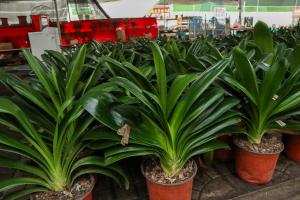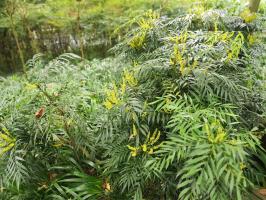A Plant Cell Membrane
The plant cell membrane is a vital component of plant cells that plays a crucial role in maintaining the structure and function of plants. It is a thin layer of complex molecules that separates the interior of the cell from the external environment, and aids in the regulation of substances that enter and exit the cell.
Structure of the Plant Cell Membrane
The plant cell membrane is made up of two layers of phospholipids, which are arranged in a bilayer formation. These phospholipids are amphipathic, meaning they have a polar, hydrophilic head and a nonpolar, hydrophobic tail. The hydrophilic head faces outward towards the watery exterior and the interior of the cell, while the hydrophobic tails face inward and form a barrier that repels water-soluble molecules.
Along with phospholipids, the plant cell membrane contains other lipids such as sterols, glycolipids, and sphingolipids. These lipids add to the stability and fluidity of the membrane, and also help in various cellular processes like signal transduction and membrane protein anchorage.
The plant cell membrane also has integral membrane proteins that span across the entire membrane, and peripheral membrane proteins that are only loosely bound. These proteins aid in the transport of molecules across the membrane, and also help in cell adhesion and communication.
Functions of the Plant Cell Membrane
The plant cell membrane has several important functions, some of which are:
1. Selective permeability: The plant cell membrane selectively controls the entry and exit of molecules into and out of the cell. It does this by using various transport proteins like channels, pumps, and carriers.
2. Signaling: The plant cell membrane is involved in various signaling pathways. The integral membrane proteins act as receptors for signal molecules like hormones, and they initiate signal transduction cascades that lead to specific cellular responses.
3. Protection: The plant cell membrane provides a barrier against harmful substances like toxins or pathogens, and it also prevents the loss of essential molecules.
Conclusion
The plant cell membrane is a vital component of plant cells that plays a crucial role in maintaining the structure and function of plants. It is a thin layer of complex molecules that separates the interior of the cell from the external environment, and aids in the regulation of substances that enter and exit the cell. The plant cell membrane has several important functions like selective permeability, signaling, and protection. Its intricate structure and functions make it a crucial aspect of plant physiology, and further research is needed to fully understand its complexity.

 how many times do yo...
how many times do yo... how many planted tre...
how many planted tre... how many pine trees ...
how many pine trees ... how many pecan trees...
how many pecan trees... how many plants comp...
how many plants comp... how many plants can ...
how many plants can ... how many plants and ...
how many plants and ... how many pepper plan...
how many pepper plan...






























